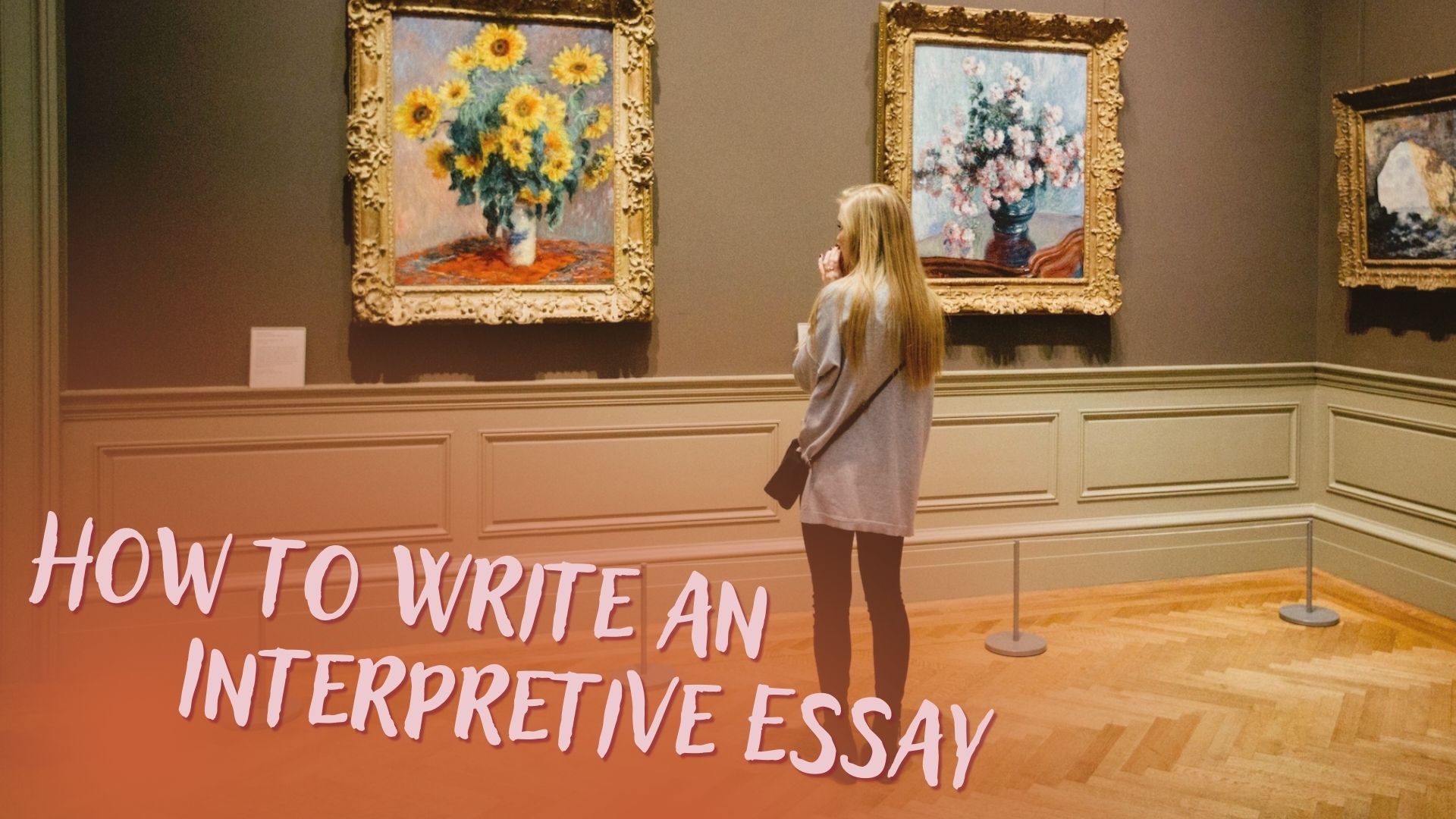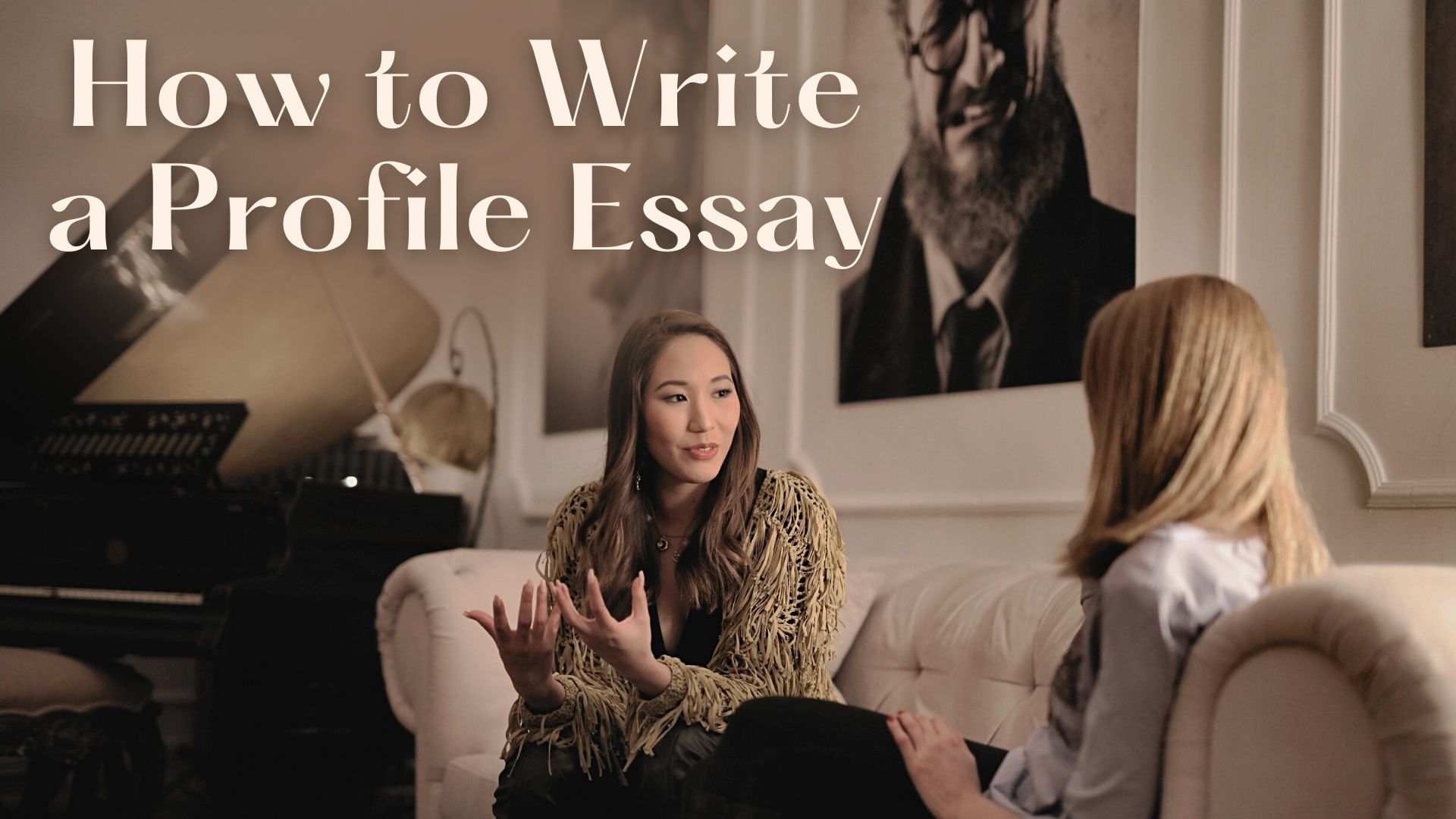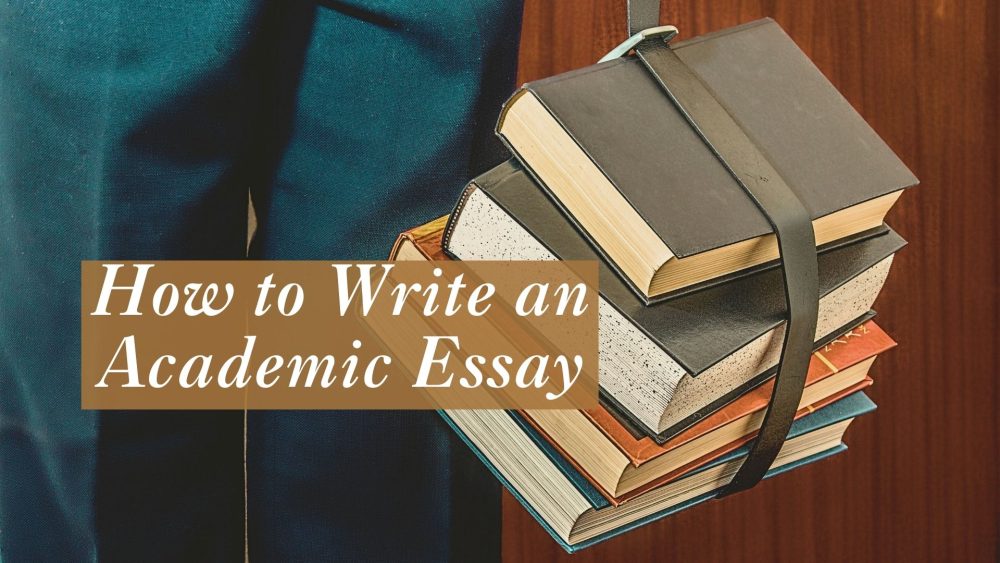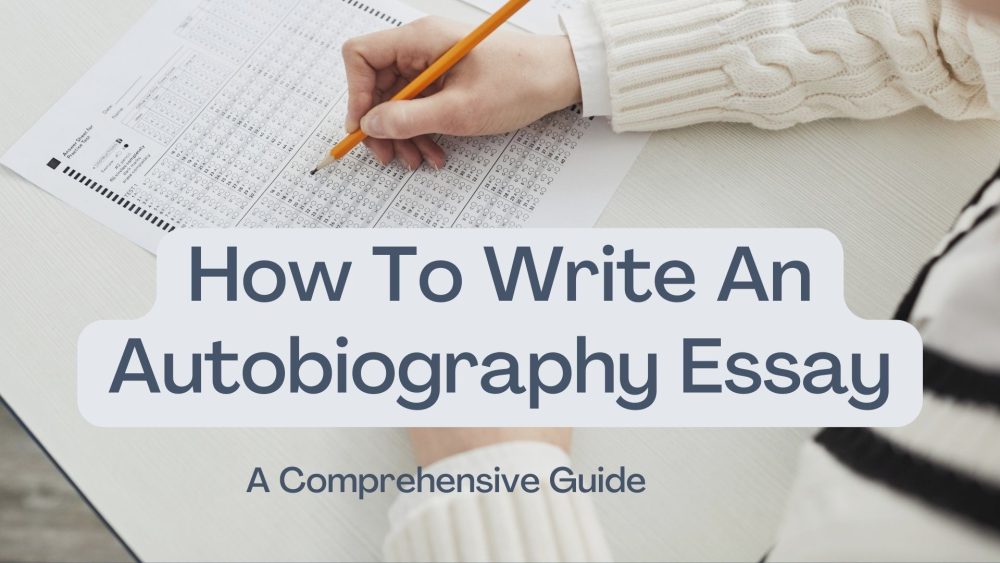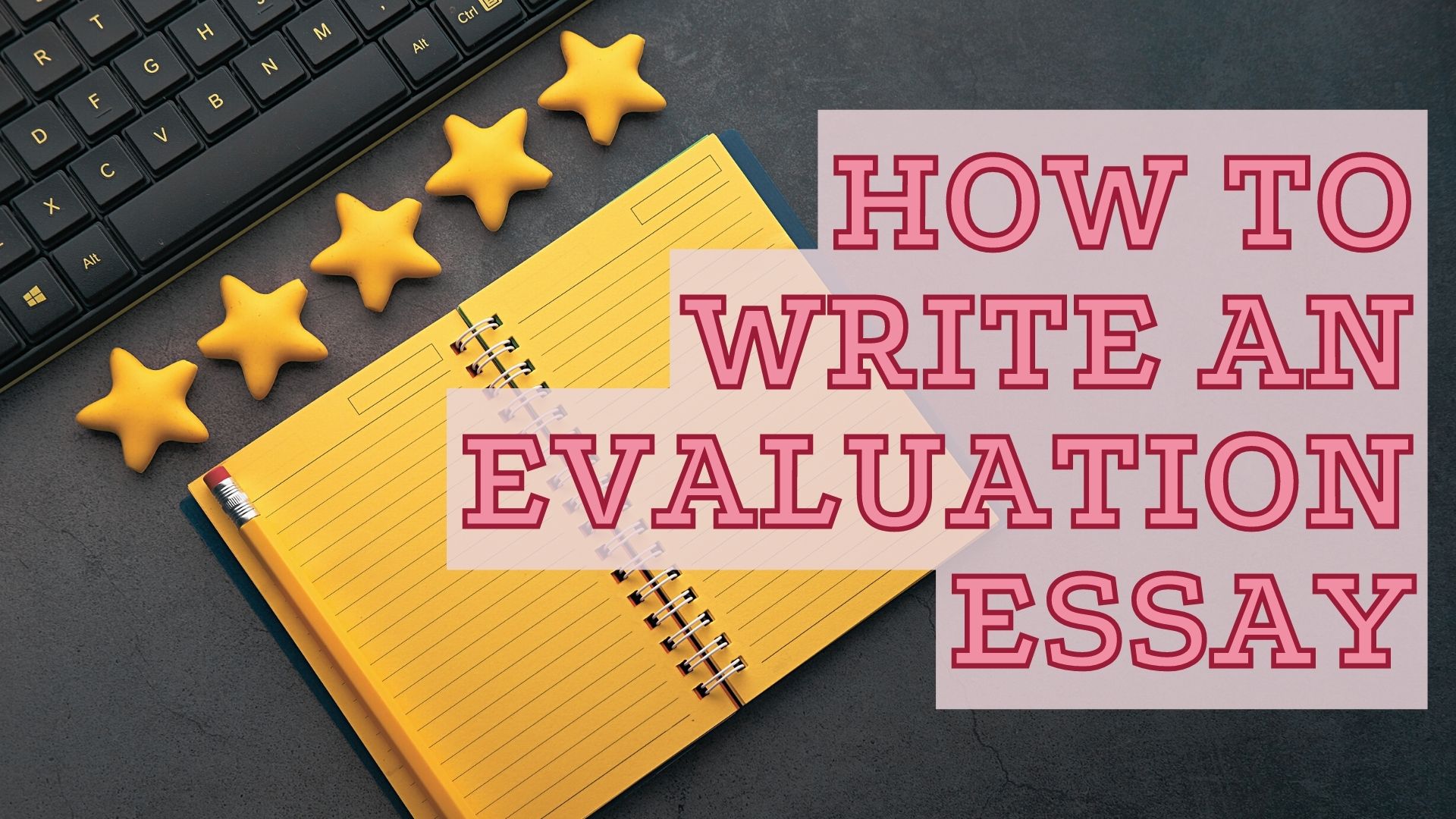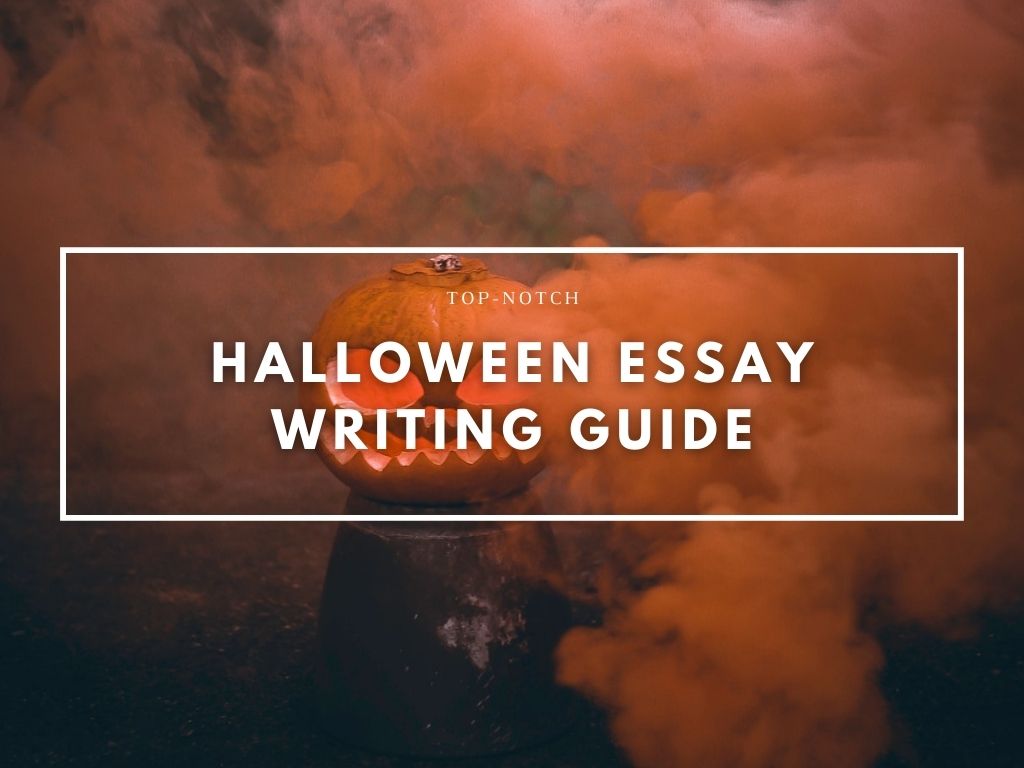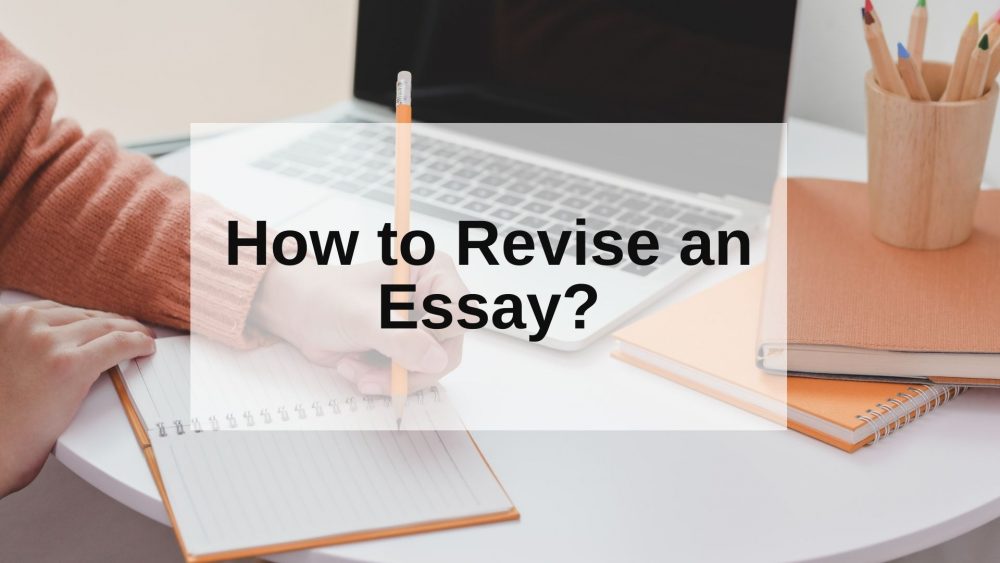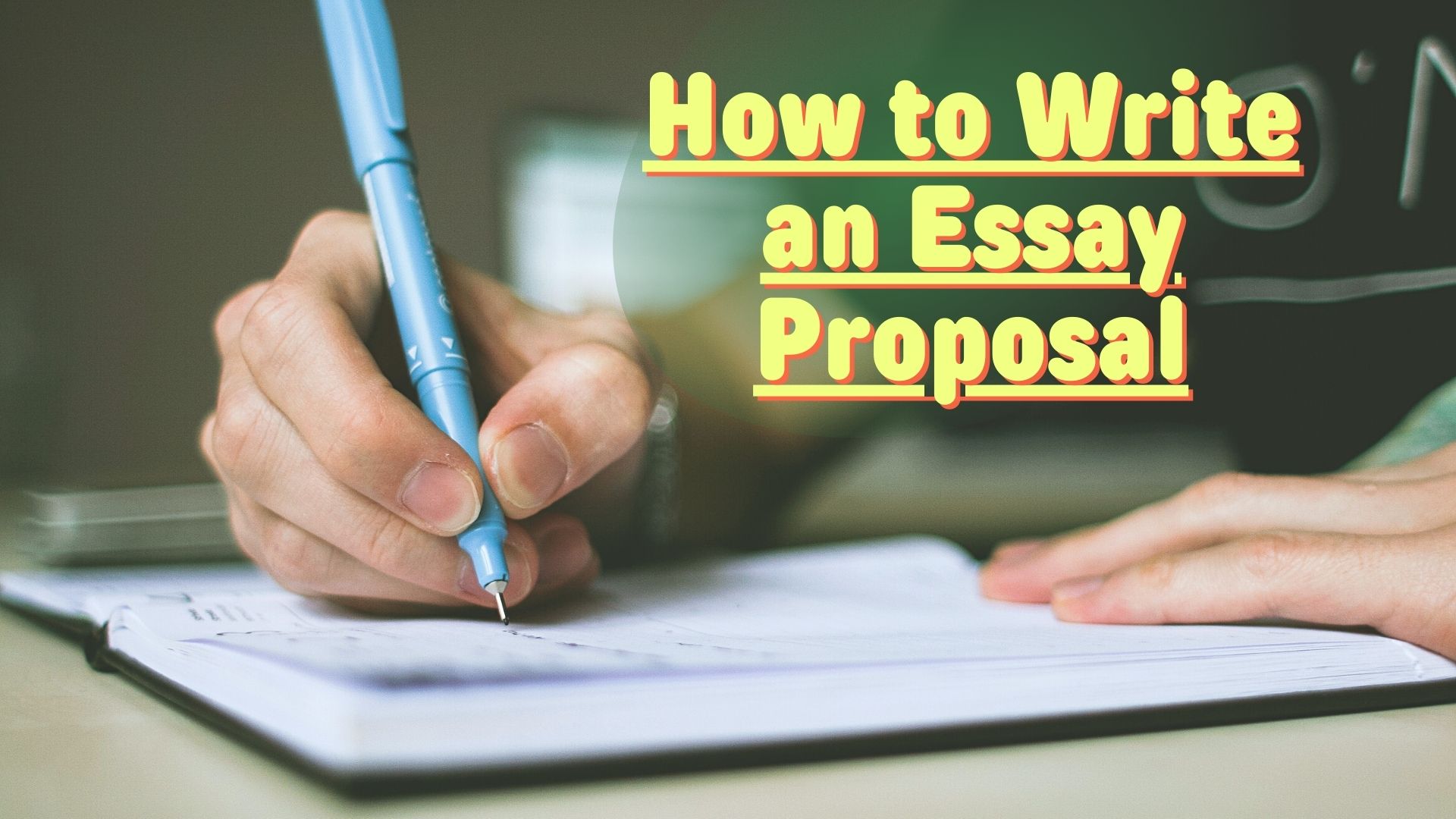Have you ever stumbled upon an interpretive essay definition? In many cases, you may come across various essays that require interpretation to get to the bottom of what the author meant in the essay.
It is not complicated. In this article, you will learn how to write an interpretive essay, how to break down the segments, how to classify the elements, some interpretive essay examples, and how to wrap it up.
Additionally, we will provide a reliable outline and structure to follow. In any class essay your point of view matters! Your personal view will help you interpret the work well. As students, the main goal is to complete assignments in the right format. Let’s dive into it:
What Is An Interpretive Essay?
Have you ever written an interpretive essay?
Well, an interpretive essay is an analysis of some piece of writing. It means interpreting some other writer’s work. When writing an interpretive essay, it is important to come up with a unique way of integrating the literary work. Remember to give numerous kinds of reasons why you feel your interpretation is true.
For each reason that you provide, ensure it has a body division and provides a reason with a quote. It may seem overwhelming at first, but once you get used to it, it becomes easier
Also, the final draft of the work needs to have a great summary of the whole paper. This will make it amazing.
How To Write An Interpretive Essay
There is no specific strict format on how to write an interpretive essay, but it should follow a certain structure.
- Step 1: First read the article, poem, novel, film script, etc. Get an overview of the text.
- Step 2: Break the work into small segments to make it easy to analyze.
- Step 3: The literary element like irony, symbolism, sarcasm, comparison, and much more will help you in interpretation.
- Step 4: With this in mind, it will be easy to draft the outline.
Like most essay, an ideal interpretive essay format should include an:
- Introduction
- Body
- Conclusion
As the writer, you need to paraphrase and quote the literary work in the different essay sections. Try to understand the work like it’s your work. If you were the author, what were you trying to portray?
In addition, you are allowed to use references. This helps to provide a reasonable claim! Also, you need to add text citations and a full bibliography in any favorable format. Choose a format that your professor in college or teacher will prefer.
Interpretive Analysis Essay Example
If you want to succeed in writing an interpretive analysis, you need to follow the right procedure. You just need to be clear while interpreting the various elements in the essay.
This is one of the best interpretative essay example that will guide you on the way forward. If you want to succeed, check the various interpretative essay example to get a better glimpse.
1. Starting An Interpretive Essay
First, you will need to read and reread the text you have been given to interpret in the essay. This will enable you to highlight the important elements.
For example, if it’s a poem that talks about “Do not judge a book by its cover”. You need to interpret what is being said in the text. Is the main message to, “treat people equally no matter their appearance”?
2. Introduction
After you have indicated the important literary elements, write an introduction with the author’s name, the title of the literary work, and the elements. However, try to stick to the specific theme in question.
For example: “The poem’s main idea is treating everyone equally. However some critics think it is mainly based on being respectful to everyone, you never know who they are. However, John Thompson wrote the poem intending to make people more humane”.
3. Main Body
In these interpretive essays, organize the body paragraphs based on the order of the elements. Make sure to point out all the main keys in the poem, chapter, book, article or so on. It will make it easier for all the other readers who will stumble upon your work to understand easily.
4. Conclusion Of An Interpretive Essay
A conclusion is vital when finishing an interpretive essay. You should base it on the main literary elements.
For example, “Do not judge a book by its cover, it’s a vital aspect in today’s world. John Simpson brings to light the various ways people treat each other. However, it is ironic that to some extent in the poem, he approves of judging people according to some status. Additionally, he strongly nullifies just being inhumane to them. Hence, to make the world a better place, it is important to treat everyone equally regardless”.
What Is An Interpretation?
At times you may read a novel, article, poem, or short text and wonder what the author meant. You may want to know why the author wrote it. This is where an interpretive essay comes it. One of the best ways to go about it is to use the text as a guide.
In this, you examine the main elements of the story and try to relate. The first thing is to analyze while reading the text. To do this, spend some time getting to know what the author meant. Try to connect to the literature as much as possible.
While on this, you may get into an interpretive argument, not knowing whether your interpretation is right. You may also find that your interpretive claim is different from what the author meant. Hopefully you now have a better overview of what is an interpretation.
What Is An Interpretive Question?
An interpretative question has an answer that can be supported with some form of evidence. This is because there is some certain text for reference. To be able to answer the interpretative questions well, you need to prepare but be flexible in all you do. Try not to miss unexpected responses.
In interpretive questions consider asking honest questions. Another vital thing is to take a step at a time. This will help you to answer the interpretative questions well. Some of the questions might seem controversial but getting the answer is easy.
Hopefully you are now familiar with the guide to how to interpret. Take one example of an interpretation sample and see whether you can do it.
How Does One Interpret A Written Work?
To interpret a written work, you need to read it thoroughly, get the main points, then try to break down the elements into simpler forms. This will help you to get the major theme in question and interpret it perfectly.
Interpreting is a great way to clarify certain content and explain its meaning. In an interpretive essay, the student’s task is to analyze the assigned work and offer an explanation of all the components.
Some work may be critical but if you put your best foot forward you will succeed. Just be contemplative when reading the text, before answering the interpretive questions.
Interpretive Essay Sample
Sojourner Truth was a former slave turned abolitionist and women’s rights activist. After escaping slavery with her infant daughter in tow in 1826, Truth went to court to fight for her son’s freedom. She was the first black woman to win her child’s freedom in a case against a white slave owner. Truth is best known for her speech on gender inequalities titled “Ain’t I a Woman?” which she delivered at the Ohio Women’s Rights Convention in 1851. In her momentous speech, Truth bemoans the treatment of women and, in particular, black women. She uses several rhetorical strategies to point out the irony of the fight for women’s rights as one that only white women can lay claim to. Truth uses her personal experiences as a woman and former slave to show that slaves aren’t granted their humanity, let alone their right to be treated as the “fairer” sex. Truth uses irony, imagery, syntax and juxtaposition to underlie her point about the inequalities that women and African Americans, in general, faced at the time (Mani 46).
Truth’s speech begins as an address to a mostly younger crowd who may not have seen all that she has seen or experienced all that she has experienced. In opening with the words “well children,” Truth sets herself up as a wiser, older authority on the matters that she has come to speak about. She notices that with white women and black men all talking about equal rights, white men are going to be pretty busy. She doesn’t deny that their claims have legitimacy but simply says something akin to “where there’s smoke, there’s fire” (Schnall).
It is hard not to notice the irony of this speech about white women’s rights and how they are to be treated. At this point in time, women had less education, less rights, and their worth was firmly fixed upon their being married to a man who could take care of them. The common-mode thinking was that white women were delicate, weaker and needed to be taken care of. When Truth discusses how white men feel that women are to be helped down from carriages and lifted over ditches, it is hard to miss the irony. At this time, white women were fighting for equal status to men, meaning they wanted men to understand that they could do things for themselves. And yet, black women had never been treated delicately and would envy the position that a white woman was squirming to get away from. In other words, Truth seems to be saying that being treated like a man is not all it’s cracked up to be if you are a woman who has never been treated like a delicate flower (Schnall).
Truth uses imagery and strong word choice to bring her point across. One instance where this is especially salient is when she says: “And ain’t I a woman? Look at me! Look at my arm! I have ploughed and planted, and gathered into barns, and no man could head me! And ain’t I a woman?” Immediately, the audience gets an image of a black woman working the fields as hard as any man. She is scarred and filthy and sweaty. This image juxtaposed against the image of a white woman in a pretty dress and big hat being lifted over a ditch is particularly strong. The image of a black woman covered in filth whose skin is tar-colored from working out in the sun is hard to shake (Schnall).
What are white women complaining about? Truth seems to be asking. Being treated like a delicate flower as opposed to being treated like a man is a good racket. And yet, Truth understands the fight for equal rights indelibly because she is a former slave who gave birth to thirteen children and had almost all of them wrestled away from her and sold into slavery. As a black woman who could never hope for treatment equal to a white woman, she understands that their fight for equal rights for women will leave black women in the dust. Truth ends her speech by pointing out that Jesus Christ was a man that came from God and a woman and Eve was a woman who changed the trajectory of human history almost single-handedly. She supports white women’s fight for equal rights but urges that they not forget black women (Mani 46; Schnall).
Here Are Some Examples Of Interpretive Questions
- What is the symbolism of the lightbulb in the poem?
- How can we make a lightbulb better according to the poem?
- In Peter Pan’s novel, what do the children symbolize?
- In Harry Potter, what do the magical powers portray?
- Do you think the powers bestowed on Aladdin’s lamp were real?
- How many instances of people singing are portrayed in the novel?
- What do you think is the writer’s purpose in writing the article?
- What is the meaning of the artifacts discovered at the site according to the historical book dated 1900?
- What are the various themes found in the “Do not judge a book by its cover” poem?
- What are the major societal issues raised in the film?
- What is being done to reduce juvenile delinquency worldwide?
- What are the major life lessons portrayed in the “Just around the corner” novel?
- The main themes found in the Titanic film. How safe was the film play?
Still Confused About Your Interpretive Essay?
If you need native writers, we are here for you! We provide professional work to ensure you get top grades. The main motive of this is to make your work reliable enough to be used as a point of reference.
Our rates are affordable and we don’t compromise the quality. If in need of essay writing help, you can always get some assistance through us. Make your interpretive essay as interesting as possible.

